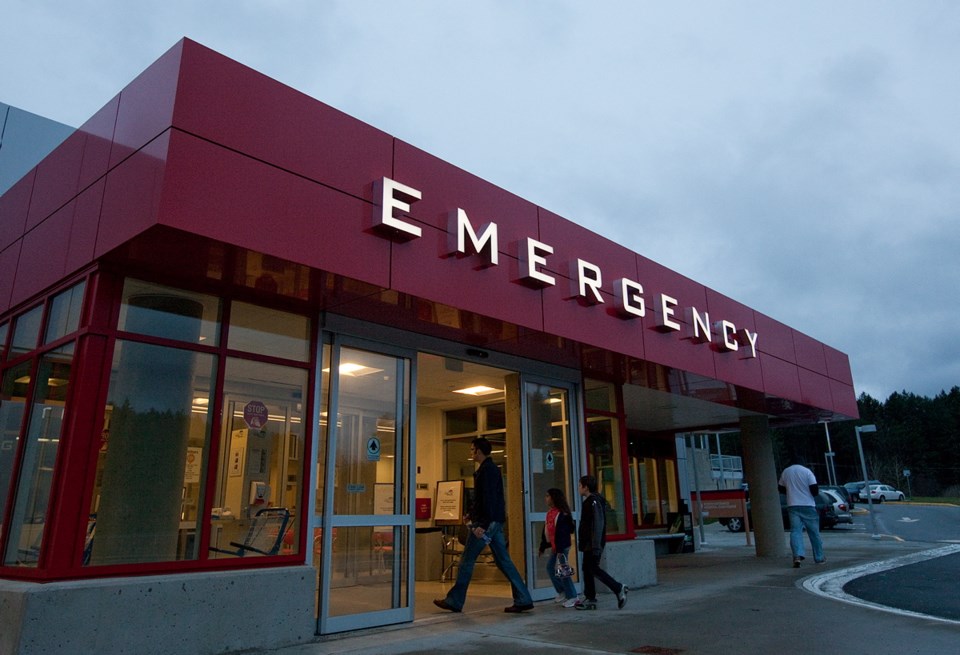The same mix-up that led to a woman receiving an unnecessary mastectomy at a Halifax hospital earlier this year is highly unlikely to happen on Vancouver Island, says an official with the Island’s health authority.
Dr. Gordon Hoag, VIHA’s medical director of laboratory medicine, says the authority avoids such mistakes thanks to its patient identification policy, which cross-references patient names and birth dates at every contact point.
In addition, VIHA uses the same kind of bar-code system that Capital Health in Nova Scotia is planning to implement.
“We’ve had the bar code system for quite some time,” Hoag said.
Bar-coded ID bracelets, used in every hospital across the Island, were implemented in April 2012, VIHA said.
Earlier this week, Capital Health in Halifax revealed that a woman underwent a needless mastectomy at the Queen Elizabeth II Health Sciences Centre in late March. The woman had been misdiagnosed with cancer and assigned unnecessary treatment after pathology reports were mistakenly switched between two medical charts.
Capital Health said this was one of two similar incidents that took place this year as a result of two separate lab mistakes. It said a biopsy was conducted on the wrong patient in April after slides were mislabelled with incorrect patient identification.
The Halifax authority said the errors affected four patients, two who were misdiagnosed with cancer and given needless treatment, and two who were mistakenly told they did not have cancer and did not immediately receive the treatment they required.
“In our system that would be virtually impossible,” Hoag said of the two initial mistakes.
“There are two steps that need to be taken to ensure a patient is appropriately identified, and after that point, we have a bar-coded system — it is probably identical to what they are suggesting now [in Halifax],” Hoag said.
The bar code generated for each VIHA patient is added to a patient’s ID bracelet and is copied with a laser at the point of the tissue specimen collection — generally in the operating room — and placed on the tissue sample.
Also, there is a mandatory surgical safety checklist that requires all health professionals involved take part in verifying the patient and the procedure, the surgical site and allergies, said VIHA spokeswoman Sarah Plank.
With regard to the mix-up of reporting results, as happened in Halifax, VIHA’s electronic patient record system is configured so that “you can’t have two active cases open at the same time in our system — the system won’t allow that,” Hoag said.
Nevertheless, VIHA’s laboratory services quality council will review the mistakes at Queen Elizabeth II Health Sciences Centre to determine whether any lesson learned there could be applied here to strengthen VIHA’s patient safety and quality control.
— With files from CP



